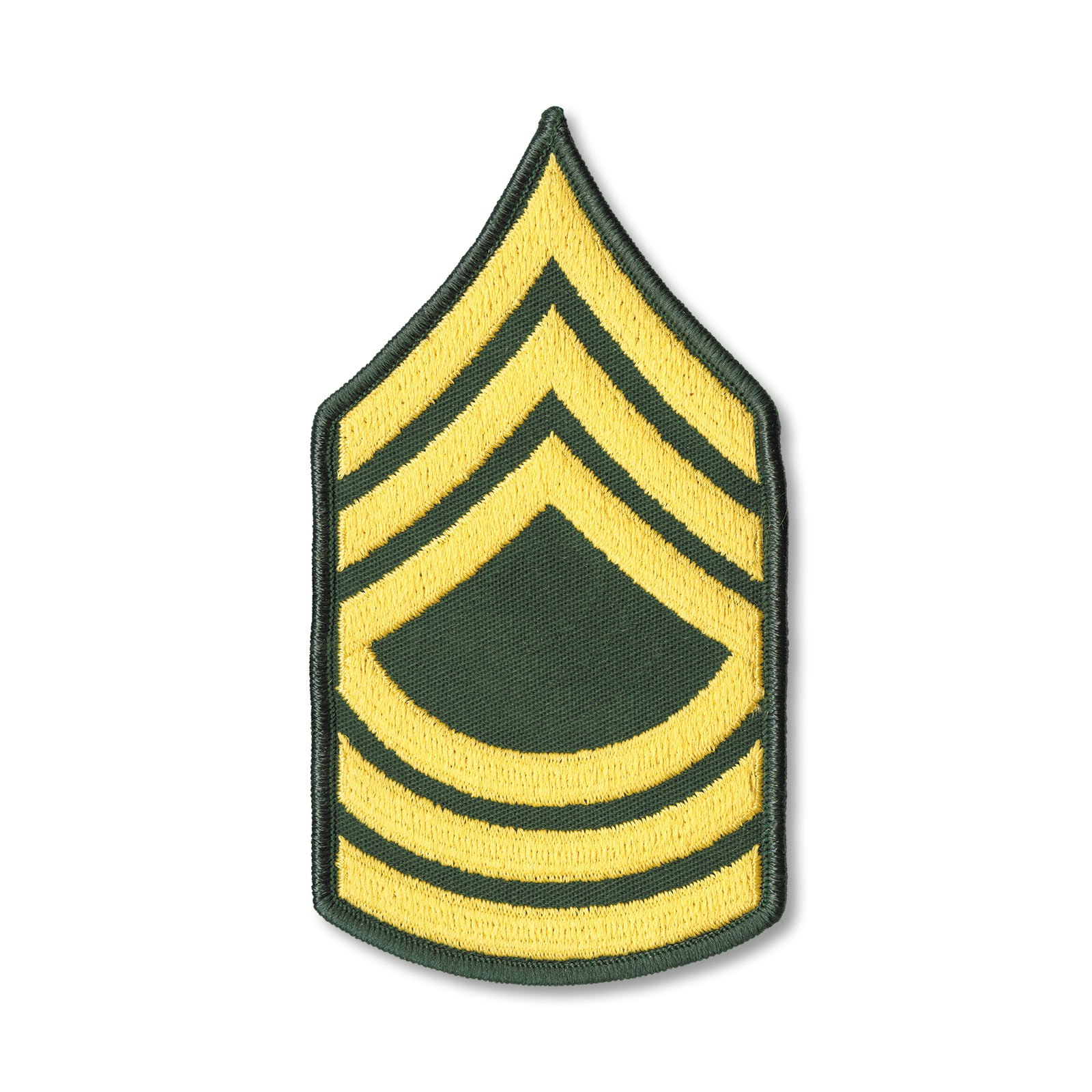A senior NCO selection board again has reported that too many soldiers have missing or inaccurate official photos in the documents packet that will determine if they get promoted.
As with previous boards, missing and inaccurate photos put soldiers on the fast track to non-selection.
The after-action report from the fiscal 2015 Regular Army and Active Guard and Reserve master sergeant board that met in February and March indicates the most prevalent discrepancies in files were missing photos and photos displaying awards and decorations not accounted for in a soldier's Enlisted Record Brief.
Also troublesome were photos in which soldiers did not project a professional military appearance, such as not having a fresh haircut, and photos in which some of the sergeant first class promotion candidates were wearing staff sergeant insignia, a real no-no when it comes to competing for promotion.
The board members concluded that too many photos did not adhere to Army uniform and appearance standards, which in turn resulted in "a poor first impression" for the panelists.
A master sergeant board is no place to display a less than well-tended personnel file, given the long history of these boards generating one of the toughest promotion cuts in the Army.
The 2015 board reinforced that reputation by passing over 15,156 of the 16,658 Regular Army promotion candidates.The overall select rate of 9 percent is well below the 13 percent and 24 percent select rates for the most recent sergeant major and sergeant first class boards.
The board members also reported that many of the Enlisted Record Briefs included in the files of promotion candidates "were inaccurate, missing information or were not otherwise updated or validated," and in some cases, "job titles did not match the jobs of the NCOs."
Also, it was not uncommon for training, awards and education data entered on the record brief to not be substantiated with documentation in the official personnel file.
The panelists also encountered several instances of sloppy administration regarding physical fitness and height/weight data recorded on NCO evaluation reports.
"The board identified significant fluctuation in candidates' height and weight data over multiple evaluation periods," the members reported.
"In these cases the fluctuation suggested a lack of attention to detail on the part of those initiating the NCOER, the rated NCO (who signs the evaluation report stating the administrative data is correct) and the (soldier's) chain of command."
The board member's cited evaluations in which the rated soldier's height and weight variously was reported as 73 inches/212 pounds, 69 inches/157 pounds and 73 inches/210 pounds.
"Soldiers and their chains of command should develop systems to ensure the accuracy of this data and actively confirm prior to signing (the NCO-ER)," the panelists said.
The board members identified two areas in which soldiers can boost their promotion chances, as follows:
Military and civilian education
Noting that military and civilian education opportunities exist online, at installations and through temporary duty assignments, the panelists said education achievements enhance an NCO's leadership attributes.
"NCOs should strive to achieve an associate's, bachelor's or higher level degree in addition to mandatory military education," and "senior NCOs are highly encouraged to complete military civilian training with excellence," they reported.
PT scores and the Physical Fitness Badge
NCOs who consistently demonstrated a high level of physical fitness stood out as compared to their peers, according to the board members.
"A rated NCO's fitness should be emphasized by documenting how well the NCO performed on (his/her) most recent physical fitness test as the first bullet on the NCOER. If the Physical Fitness
Badge was earned, raters must ensure they capture that on the evaluation," the board members said.
New board policy
The Human Resources Command has abandoned its long-time practice of including the names of selection board members with the promotion recommended lists generated by the centralized officer and senior NCO boards that meet annually at its headquarters, Fort Knox, Ky.
"HRC leadership is continually looking to align procedures regarding boards as they pertain to officer and enlisted selections," according to Bill Costello, a command spokesman.
"The fiscal 2015 master sergeant promotion selection list was the first to withhold the names of participants. Identities of the board president and other members of the selection board were included in correspondence to senior Army leaders, and when the list (was) pre-positioned with major Army commands," he said.
In the past the Army not only released the names of board members, but encouraged such officials, usually field-grade officers and senior NCOs, to talk about the board process, in general terms, with audiences from their commands and organizations.
Just recently the command disseminated teaching materials, to include a mock board video, on the officer selection board system for the active component. The command is exploring the possibility of developing similar materials for NCOs, Costello said.
The officer materials can be accessed from the command's homepage at http://www.hrc.army.mil/
